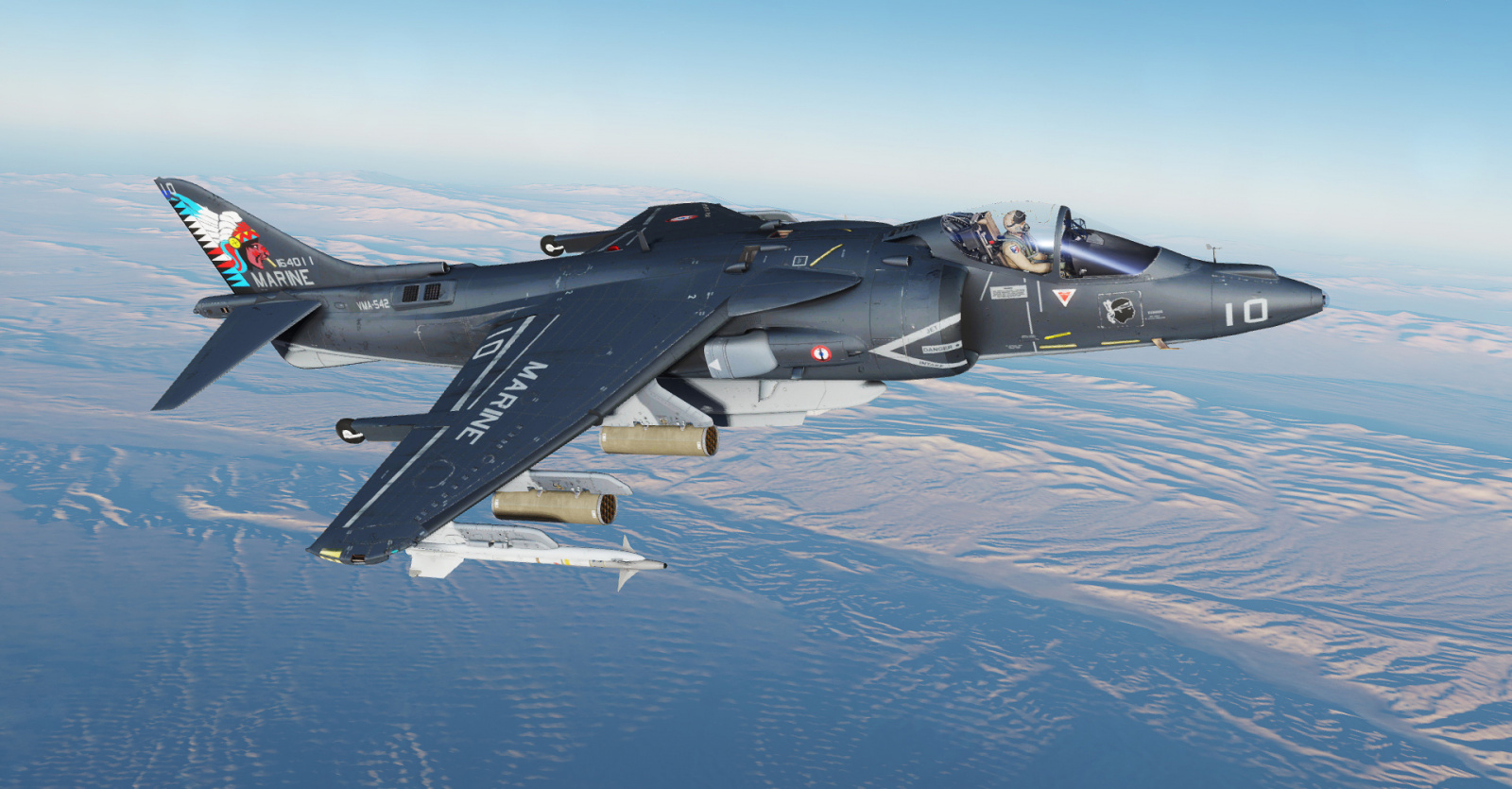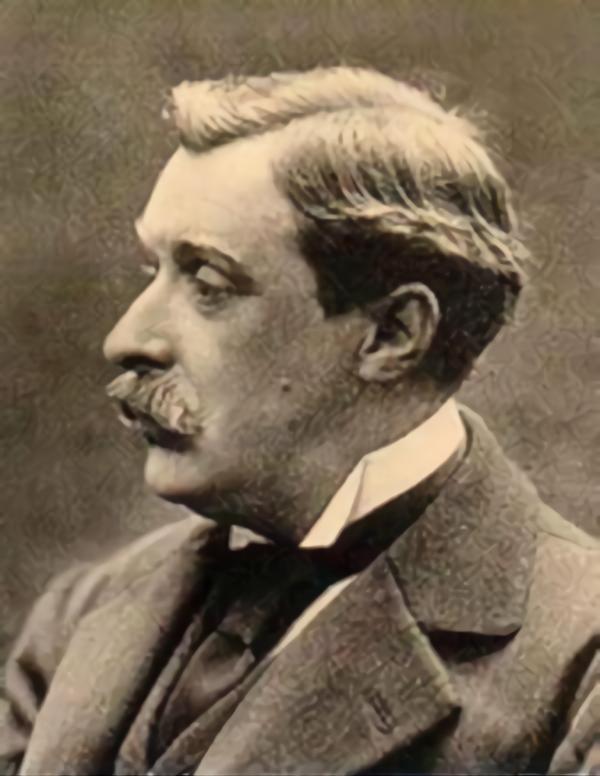- Joined
- 29 November 2010
- Messages
- 1,776
- Reaction score
- 3,481
So we know some time in the early 80s, France split with the UK, West Germany, Italy and Spain, and developed the ACX into the Rafale, and the others made the Typhoon.
the disagreement stemmed from a carrier variant.
What if in this scenario, France never left and somehow the five of them managed to develop something together.
so the question would be
- How could the consortium meet the needs of all the members including France?
- How would the end product look like had France stayed? would it still look like a Eurofighter? like a Rafale? something else?
- IRC, France wanted a Naval part, and the UK wanted STVOL (although in the end they didnt get that). Could the consortium have pushed for some STVOL (maybe p1216?) and urge France to go STOVL carriers instead?
or UK just end up ditching STVOL, settle for Harrier (like they did), and still have the Eurofighter designed for catobar operations to appease the French?
- how would it affect future developments in Europe? and exports?
the disagreement stemmed from a carrier variant.
What if in this scenario, France never left and somehow the five of them managed to develop something together.
so the question would be
- How could the consortium meet the needs of all the members including France?
- How would the end product look like had France stayed? would it still look like a Eurofighter? like a Rafale? something else?
- IRC, France wanted a Naval part, and the UK wanted STVOL (although in the end they didnt get that). Could the consortium have pushed for some STVOL (maybe p1216?) and urge France to go STOVL carriers instead?
or UK just end up ditching STVOL, settle for Harrier (like they did), and still have the Eurofighter designed for catobar operations to appease the French?
- how would it affect future developments in Europe? and exports?


